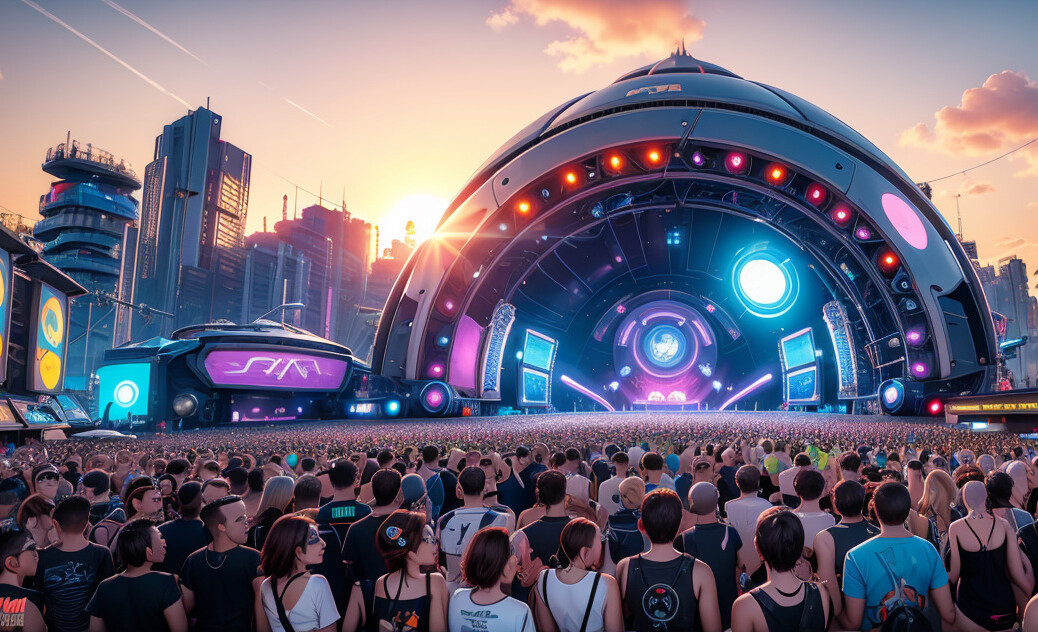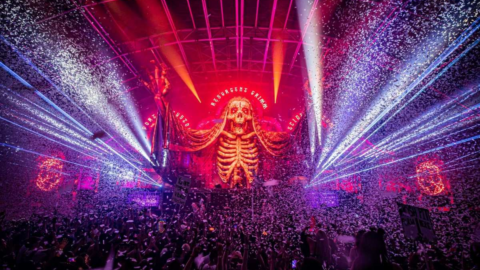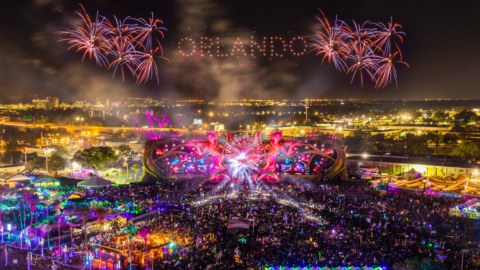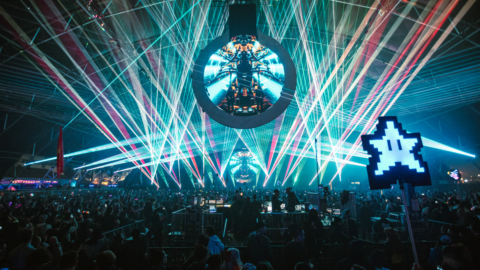The global pandemic, COVID-19, has profoundly impacted the entertainment industry, particularly the realm of music festivals. This disruption hit electronic music festivals particularly hard as they are typically large-scale events, drawing in a massive global crowd. The artistry and communal spirit unique to electronic music festivals were put to a severe test under the stringent measures, such as social distancing and lockdowns, resulting in a complete transformation of the industry landscape. This article focuses on how the heartbeat of electronic music festivals shifted rhythm amidst the pandemic, the economic implications, and the transformative adaptations that are likely to persist post-pandemic.
A New Rhythm: How COVID-19 Altered the Pulse of Electronic Music Festivals
In the pre-pandemic world, electronic music festivals, such as Tomorrowland, Ultra Music Festival, and Electric Daisy Carnival, were characterized by their pulsating beats, massive crowds, and lively atmosphere. However, COVID-19 imposed an abrupt silence on these lively venues, bringing a new rhythm to the circuit. The pandemic cancelled or postponed most global music events, thus altering the very essence of how these festivals are experienced. Secondly, the pandemic also brought an unexpected pause, providing an opportunity for artists, organizers, and attendees to reflect on the sustainability and impact of such large-scale events. Moreover, it also highlighted the vulnerability of the electronic music industry, heavily reliant on live events for its income and cultural significance. Finally, the safety regulations imposed because of the virus led to the exploration of digital platforms, altering the traditional festival format.
From Live Music to Livestream: Adapting Electronic Festivals in a Pandemic
With a ban on large gatherings, the industry had to adapt or perish. Thus, in response to the pandemic-induced changes, electronic music festivals transitioned from live music to livestream. This shift not only ensured that the beat of electronic music continued but also expanded the reach of these festivals, making them more accessible. Platforms such as Twitch, YouTube, and Instagram became the new stages for these events. The challenge was to replicate the immersive experience prevalent in live concerts. Nevertheless, the adoption of advanced technology such as virtual reality and 3D graphics provided an innovative solution. This digital migration of festivals meant artists and organizers had to rethink and redesign their performance and production methods to suit the new medium.
Counting the Cost: The Economic Impact of COVID-19 on Electronic Music Festivals
The economic fallout from the pandemic on electronic music festivals was substantial. Losses were incurred due to the cancellation or postponement of events. According to a report by Pollstar, the live music industry faced losses of over $30 billion globally in 2020. This financial burden extended to artists, event organizers, stage designers, sound technicians, and small businesses involved in the festival ecosystem. Further, the lack of clarity on when normalcy would return added to the uncertainty. Despite the success of digital events, they failed to generate the same revenue as their in-person counterparts. The digital divide and the lack of a pay-per-view culture contributed to this shortfall. However, it also forced a re-evaluation of traditional revenue models, prompting a shift towards merchandise sales, virtual tip jars, and subscription models.
Looking to the Future: Prospects and Predictions for Post-Pandemic Electronic Festivals
Despite the challenges, the future of electronic music festivals seems promising. The pandemic-induced digital acceleration is likely to continue post-pandemic, leading to a hybrid model of live and virtual events. This fusion will broaden the reach of these festivals, making them more inclusive. Furthermore, the experience of the pandemic has underscored the importance of health and safety measures; hence, post-pandemic festivals will prioritize these aspects. Sustainability, a topic previously overlooked, will move to the forefront. Also, the tough economic conditions will encourage innovation in revenue models, fostering financial resilience in the industry. Lastly, the break provided by the pandemic could lead to a resurgence of creativity, leading to a richer electronic music landscape.
In conclusion, while the pandemic has been a significant challenge for the electronic music festival industry, it has also catalyzed much-needed change. The shift towards digital platforms has democratized access, innovative technology has enriched the experience, and the economic strain has fostered resilience. Thus, the pandemic has not only changed the beat of the electronic music festivals, but it has also set them on a path towards a more sustainable, inclusive and resilient future. Despite the uncertainties, there is optimism that the music will play on.
Tags: Festivals












